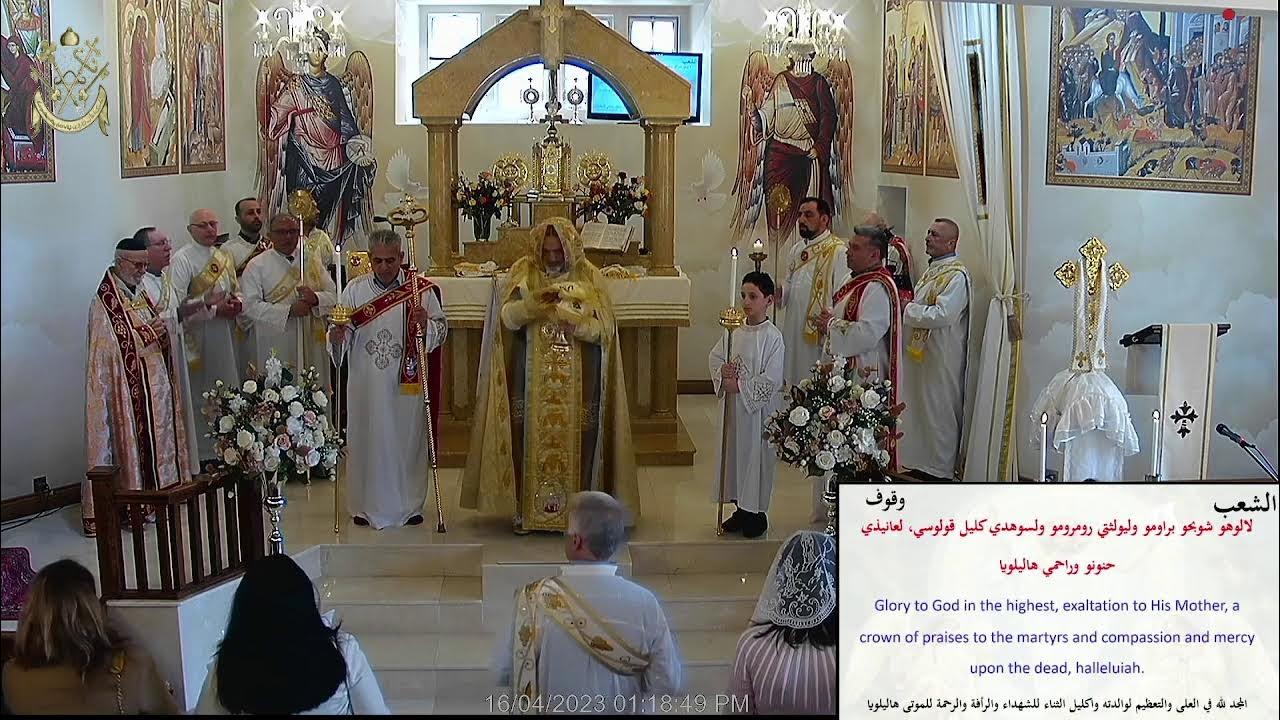Also interesting is the use of cymbals, which I have seen in Chaldean Catholic liturgies, and obviously in Coptic liturgies, where they are used extensively, with triangles if the church has someone skilled in playing the latter, except during Lent and Holy Week (likewise the Ethiopian church does not use drums or their other percussion instrument, which I can’t easily describe or name*, but not Assyrian or Syriac Orthodox / other West Syriac liturgies.
* perhaps our Coptic friends
@Pavel Mosko @dzheremi or
@StephenMosesDioscorus might have visited an Ethiopian church, which has been on my to do list for literally a decade, and know what I am talking about, but even if not, they can surely attest to the thrilling sights, smells and sounds of a Coptic liturgy, like the 360 degree thurible swing priests make it they are able to when processing around the altar.
Of those Eastern churched I have visited, the Copts also have the best tasting antidoron, or blessed bread, of any church, because it is freshly baked immediately before in the case of prosphora, and during the liturgy In the case of the smaller roles that exist only to be handed out to parishioners during the lunch that follows a liturgy.
Hagia Sophia used to have a consecrated bakery for this purpose, which I believe was operated on the same basis, so if ever it is given back to the Eastern Orthodox, and the Cathedral Rite as it was celebrated in the sixth through twelfth centuries as reconstructed by Dr. Alexander Lingas is once again celebrated, I expect Eastern Orthodox antidoron would be similiarly delicious, since all the Orthodox churches use basically the same recipe, except for the Armenians, who use unleavened bread (indeed in secular life the Armenians love to eat lavash, a delicious unfermented bread).
The Assyrians interestingly use a sweetened bread very different from the Eucharistic bread, the baking of the Eucharistic bread immediately before or during tne liturgy is counted by them as a sacrament, although they do not believe it becomes the physical body of our Lord until the Epiclesis. Famously, one of their three Eucharistic liturgies, that of Saints Addai and Mari, which is also the one used most frequently, lacks an institution narrative.



